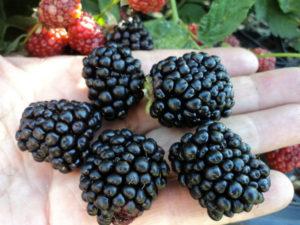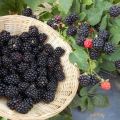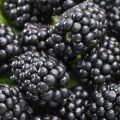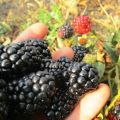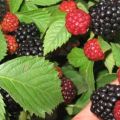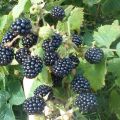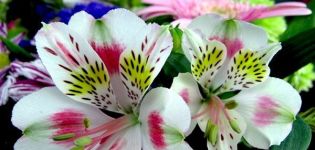Description and characteristics of Polar blackberries, planting and care
Blackberries are not yet a very common berry in gardeners' plots. Farmers are afraid, first of all, that the fruits will not have time to ripen before the onset of frost. In addition, they are not very attracted to the procedure for picking berries from thorny shoots. Polish breeders have developed a blackberry of the Polar variety, without the presence of thorns, capable of withstanding temperatures down to -25 ° C. Further information on the cultivation of berry bushes, caring for them, reproduction, as well as the collection and storage of crops.
Characteristics and description of Polar blackberry
It is possible to grow a culture both in the southern and northern regions. The quality of the berries is high, so it is almost an ideal variety for personal farms and industrial plantations.
Additional Information! All parts of the blackberry are used in folk medicine to treat various diseases..
Selection
The variety was bred in 2008 by Polish breeders in Brzezna, on the basis of the Institute of Horticulture. Worked on breeding Polar for about 30 years. The goal of the specialists was to breed a plant without thorns, with large berries, resistant to frost.
Description of the plant
Blackberry Polar is a bush 2.5-2.7 meters high. Its vigorous, upright shoots bear bright green toothed leaves and dark, almost black berries. Young whips, initially colored green, turn brown by autumn. The Polar variety is devoid of thorns.
Description of fruits
Blackberry blossoms begin in May. The petals of the buds are large, painted white. Oval berries appear in July, fruiting lasts until September. The fruits weigh 9-11 grams and are colored black. They taste sweet, with a slight sourness and a pleasant aroma.

Yield indicators
Blackberry Polar is also valued for its mid-early, abundant fruiting. From an adult bush, a gardener can collect about 5 kilograms. A bountiful harvest begins to be harvested from 4-year-old bushes.
Scope of berries
Blackberry fruits are tasty, so their area of application is wide: they are used to make compotes, jams, make wine, and use them as a filling in confectionery. The berries can be frozen for winter consumption. They are easy to collect due to the lack of thorns on the shoots.
Disease and pest resistance
The Polar variety has good immunity and is rarely exposed to diseases and pests.But, nevertheless, in the spring it is necessary to carry out preventive treatment of the bushes. Blackberries can get sick due to improper care, for example, thickened plantings.
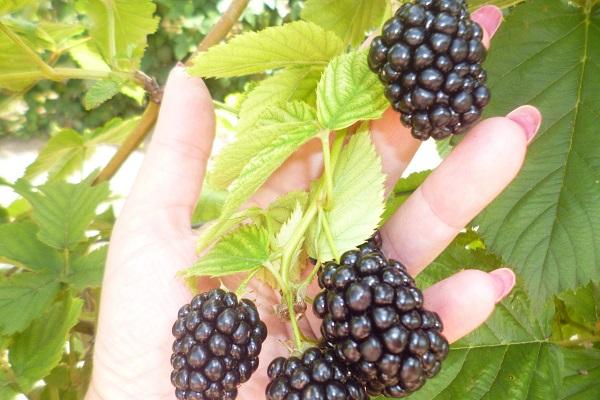
Main advantages and disadvantages of culture
The advantages of the variety include the following characteristics:
- ease of assembly due to the absence of thorns;
- large-fruited;
- good winter hardiness;
- excellent productivity;
- high taste of the berry;
- good keeping quality and transportability;
- resistance to diseases and pests.
The variety has much fewer drawbacks. These include the exactingness of bushes in shelter in late autumn in the northern regions, as well as in winters with little snow in the southern regions. The stems of the blackberry are dense, elastic, so it is difficult to tilt them to the ground.
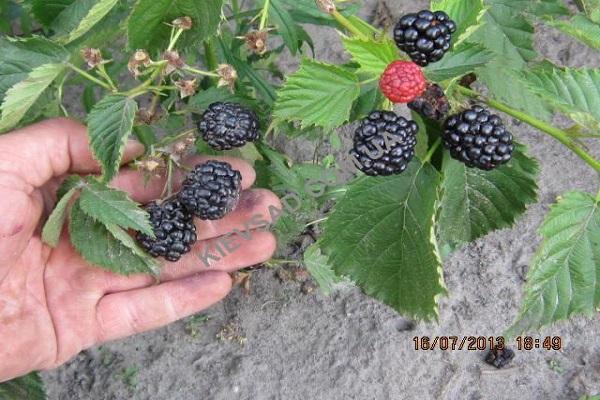
Features of growing berry bushes
In order for blackberries to bear fruit for a long time and abundantly, you need to choose the right place and planting dates for it.
Timing
The Polar blackberry is planted on the site in spring or autumn. The procedure is carried out at an air temperature of 10-12 ° C. In the northern regions, it is better to plant the culture in the spring so that it has time to take root well by winter. In the south, preference is given to planting in the fall.
Site selection
The place for Polar blackberries is selected sunny, protected from drafts. It is desirable that the site is well lit throughout the day. The root system of the culture goes to a depth of 1.5 meters, so a high occurrence of groundwater is not allowed. As a soil, blackberry prefers slightly acidic loam, flavored with organic matter.
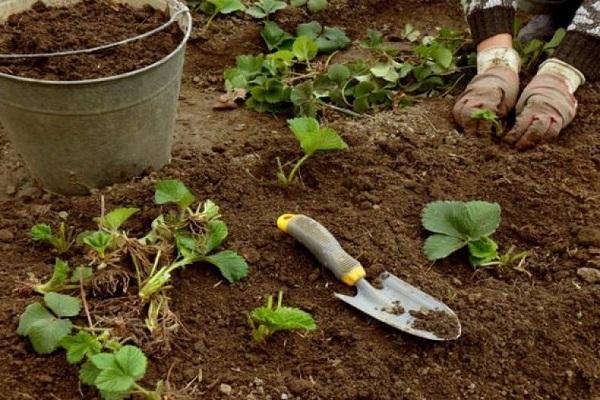
Planting process
The territory is prepared in advance by clearing it of weeds and digging it up. Poor soils are fertilized. Then they start planting the bushes as follows:
- Dig holes measuring 40 × 40 centimeters at a distance of 1.2 meters from one another. The spacing between the rows is 2-2.5 meters.
- Drainage from broken bricks, stones, or expanded clay is laid out at the bottom of the landing hole.
- A substrate is sprinkled on top, consisting of fertile soil, compost, with the addition of ash, superphosphate and potassium salt.
- A stalk with straightened roots is exposed in the middle of the hole, covered with soil.
- Blackberries are watered, covered with sawdust or peat mulch.
Important! The root collar should not go deeper than 2 centimeters.
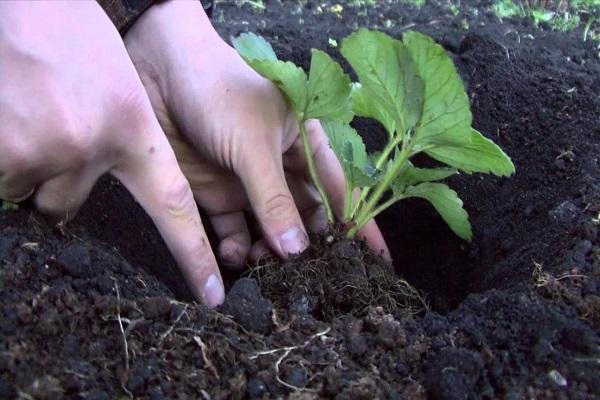
Blackberry care recommendations
Polar requires little maintenance. Like other varieties of blackberries, it needs timely watering, feeding, garter and pruning of lashes.
Watering
After planting, the bushes require abundant watering. From the abundance of moisture, they will quickly get stronger and grow. Since plants have a powerful root system, they can go without water for a long time, but, nevertheless, during drought, the berries become small, their taste is lost.
Therefore, in hot and dry summers, watering is required for blackberries.
Top dressing
The culture can do without additional fertilizing, but in this case it will yield less yield. Fertilize blackberries several times per season as follows:
- At the beginning of spring, nitrogen-containing substances are introduced, which promote the growth of green mass.
- Before flowering, the bushes are fed with complex mineral fertilizer.
- After fruiting, potassium monophosphate is introduced, which contributes to the establishment of flower buds for the next year, as well as the successful wintering of the plant.
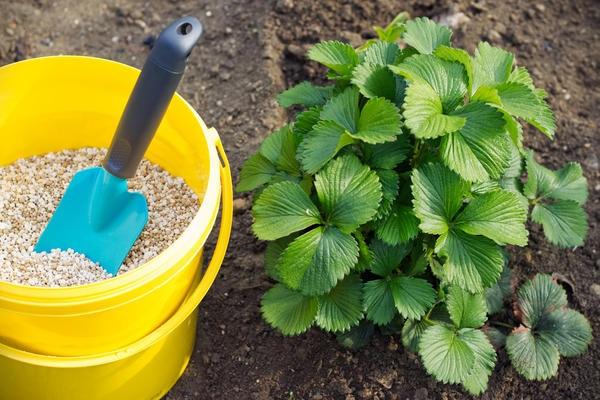
Shrub pruning
Each blackberry shoot lives for 2 years: in the first season it is gaining strength, in the second it bears fruit. After that, it is not viable, and if left alone, it will only thicken the plantings, preventing young shoots from developing. Therefore, immediately after fruiting, 2-year-old shoots are cut out.
If the procedure could not be carried out in the fall, it can be performed in the spring, after the onset of heat. The bushes are examined, old, broken, diseased shoots are removed. Use a sharp, disinfected secateurs for this.
Preparing for winter
The Polar variety is able to withstand frosts down to -25 ° C.If colder weather is expected, the bushes should be covered for the winter. To do this, they need to be bent to the ground, pinned, covered with spruce branches. In warmer regions, it is enough to mulch the root circle.
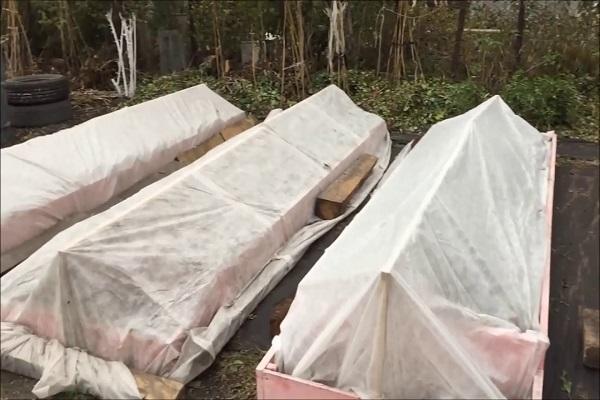
Garter
Long shoots of blackberries need a garter, otherwise they will bend to the ground, creating inconvenience when harvesting. In addition, straps that are not tied up can break from strong wind and rain, and they do not receive enough sunlight. Tie up the culture as the shoots grow several times per season.
Advice! The gardener will receive the greatest yield when growing blackberries on trellises. To do this, dig in 2 pillars and install horizontal crossbeams from boards, wire or rope between them.
Diseases and pests
The Polar blackberry is resistant to diseases and pests. It can be affected by various diseases, mainly due to improper care, for example, when planting in contaminated soil. To eliminate this, you need to sow green manure, which heals the soil six months before the planned planting of the plant.
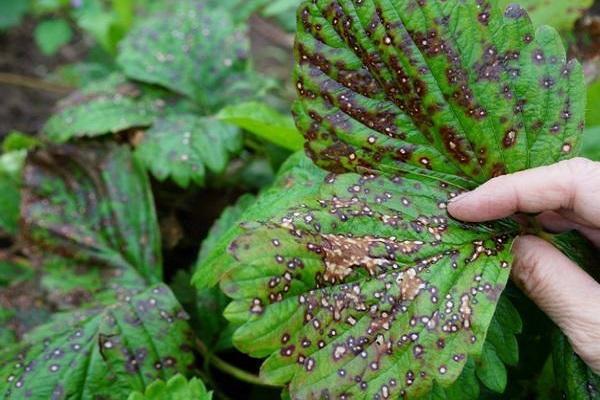
In addition, the bushes cannot be planted after berry and nightshade crops, with which blackberries have the same diseases. To prevent the appearance of pests, you need to remove the weeds that can carry them. For the prevention of diseases, the bushes are sprayed with copper-containing preparations in spring and autumn.
Reproduction methods
The Polar variety can be diluted on the site in several ways: by dividing the bush, cuttings, apical layers. In the first case, the blackberries are dug up, divided into parts, each of which must have a shoot and a root system. Old delenki are discarded, the young are planted in the garden.
Propagation by cuttings is carried out in the fall. To do this, cut annual shoots 40 centimeters long and drop them halfway into the ground. In the spring they are dug up, cut off a little on both sides, and buried again. Soon, bushes with 2-3 true leaves will grow on the garden bed, after which they are dug up, and planted first in pots for growing, then in a permanent place.
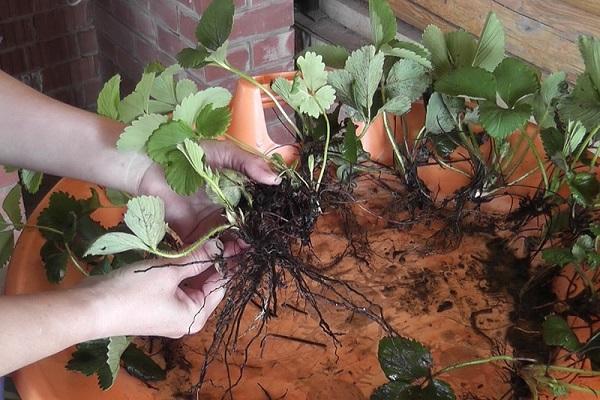
To grow Polar blackberries with apical cuttings, do the following:
- The ends of annual shoots are bent to the ground, pinned. A top 15-20 centimeters long is left on the surface. The place of contact of the shoot with the ground is cleaned of leaves.
- The layering is watered, hilled. In a month, the first roots and leaves will appear.
- In the spring, young plants are separated from the mother bush, and are planted in a permanent place.
Reproduction by layering is carried out at the end of summer. At this time, both the one-year shoot is ripe, and the layering during the procedure has time to be rooted by winter.
Collecting and storing the harvest of blackberries
Blackberries are harvested when the berries are fully ripe, as they do not have the ability to ripen when picked. The procedure is carried out in dry weather: there should be no traces of dew or rain drops on the fruits. Wet berries will start to mold quickly.
The fruits can be stored in the refrigerator for 4 days, then they begin to deteriorate. They can be preserved by freezing immediately after collection, then used in winter as needed. Another way to preserve healthy berries is to dry them in the oven at a low temperature.
